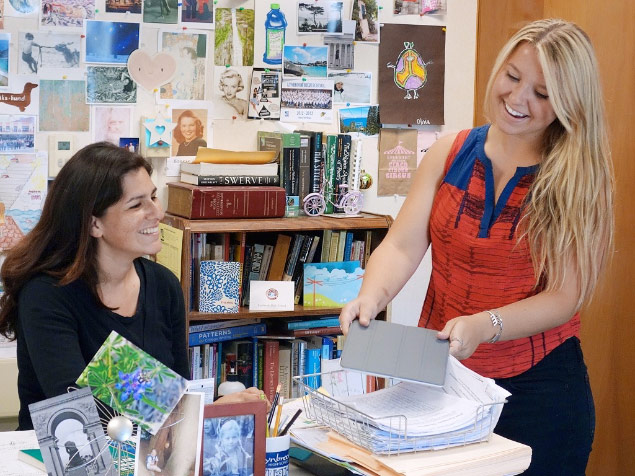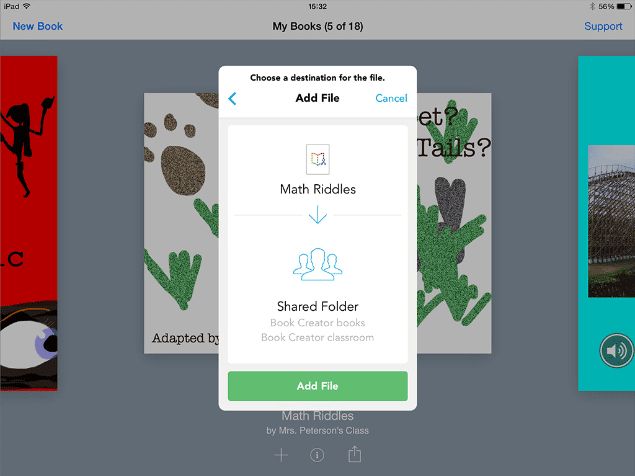Guest blogger Fraser Speirs is a teacher and a technologist. He designed and deployed the world’s first whole-school 1:1 iPad deployment. For more of Fraser’s ideas, check out his blog and his podcast.
Workflow isn’t a word that trips off the tounge of every teacher, but every teacher knows what it is. It used to be — and still can be — those huge bags of paper that you drag to your car at 4pm and spend the evening going through with your trusty red pen.

When your school goes one-to-one now, that workflow is supposed to get easier, right? No more tedious papers; it’s all digital and wonderful now! Well, sort of. Your paper package definitely gets lighter but does the workload that your workflow brings get much lighter? Not always.
Now, instead of a bundle of papers which may be large but is at least in one format, in one place and is marked in one way you have a potentially huge range of ways in which work can be presented to you. In my classroom, it’s not uncommon for one pupil to send me an eBook made in Book Creator, another to send me a video from iMovie and a third to send me a PDF poster made in Pages or Keynote.
Allowing the student to choose the form in which they express their learning is a powerful idea in one-to-one enabled classrooms. It builds those higher-order skills that we always say we want pupils to develop but which we sometimes struggle to manage in the classroom.
Where does Showbie fit in with this? Well, Showbie is one of those tools that bridges these disparate worlds and allows any digital file to become part of one coherent workflow. Students can save almost any document on their device into Showbie, which will automatically place it into the correct location for the teacher to see. There are ways to do this with other platforms but Showbie makes it wonderfully automatic, which saves a huge amount of teacher time and student confusion.
Showbie isn’t just about marking uploaded work, although that is its historic strength. The latest updates to Showbie for iOS 8 make the process of putting content into shared areas for your whole class even easier.
One of the great innovations in iOS 8 has been the idea of sharing extensions. These are little add-ons that apps like Showbie provide to other applications in the system which allow those other apps to send data directly into Showbie — without switching apps. For example, I like to use a traditional whiteboard and pen in my class but, before I erase, I like to capture valuable brainstorming or class ideas by photographing it with my iPad’s camera. With Showbie’s extension I can go into Photos, select the image and share it directly into a class area within Showbie — all without leaving the Photos app. This power extends to any part of the system that can share content: web addresses from Safari, links that show up in my Twitter client, eBooks that I make in Book Creator and many more.
Speaking of Book Creator, a powerful workflow between Showbie and Book Creator allows students to upload eBooks directly from Book Creator and teachers to view them live inside Showbie. Just another enhancement that comes from iOS 8 and Showbie working hand-in-hand.

For a teacher like me, who has been using iPad in the classroom for nearly five years now, I find I’m having to un-learn some of the old workflows that were required before iOS 8 came along. Why not use Showbie as your testbed and get to grips with the power that’s now at our fingertips?
Sem comentários:
Enviar um comentário